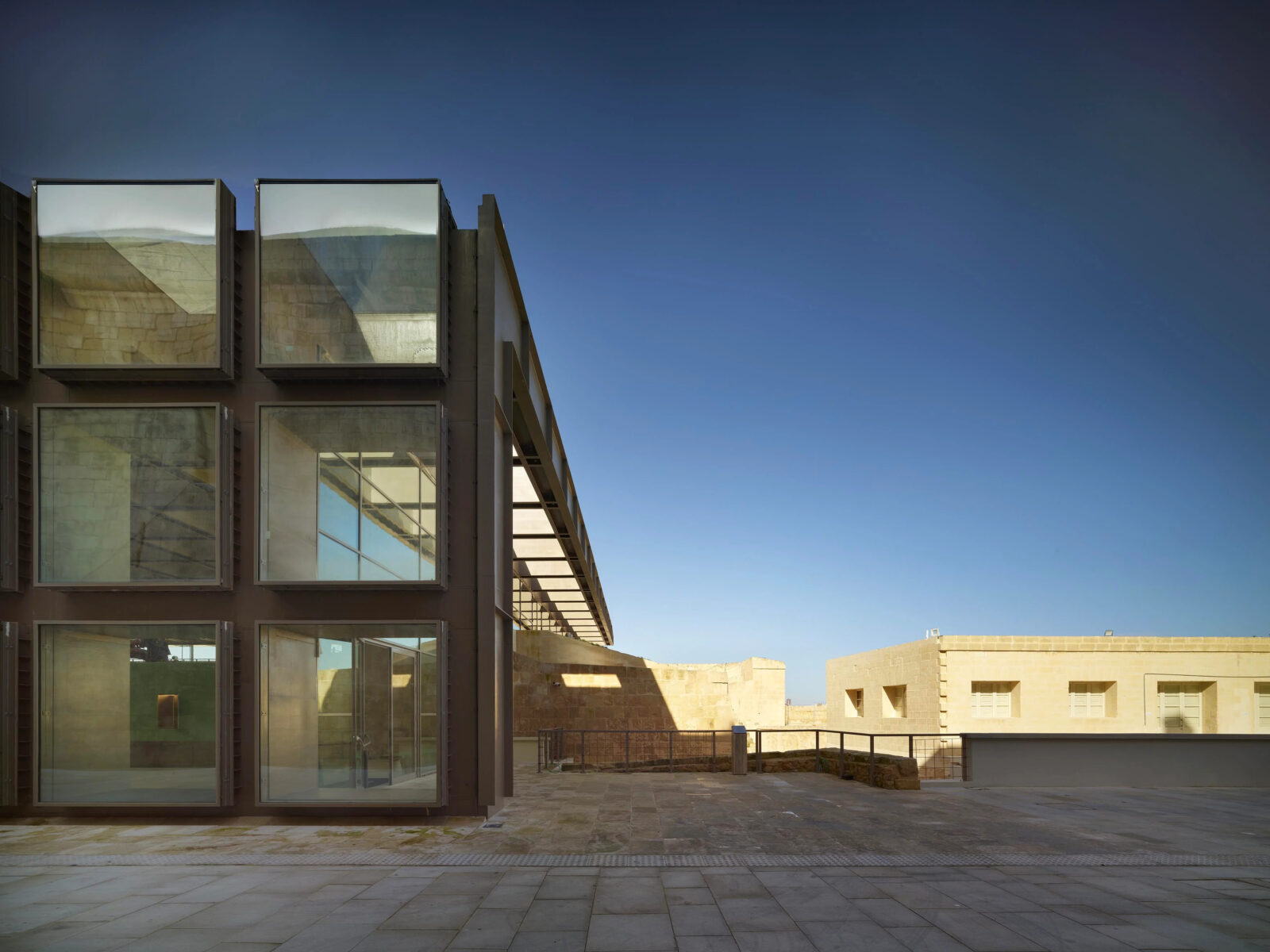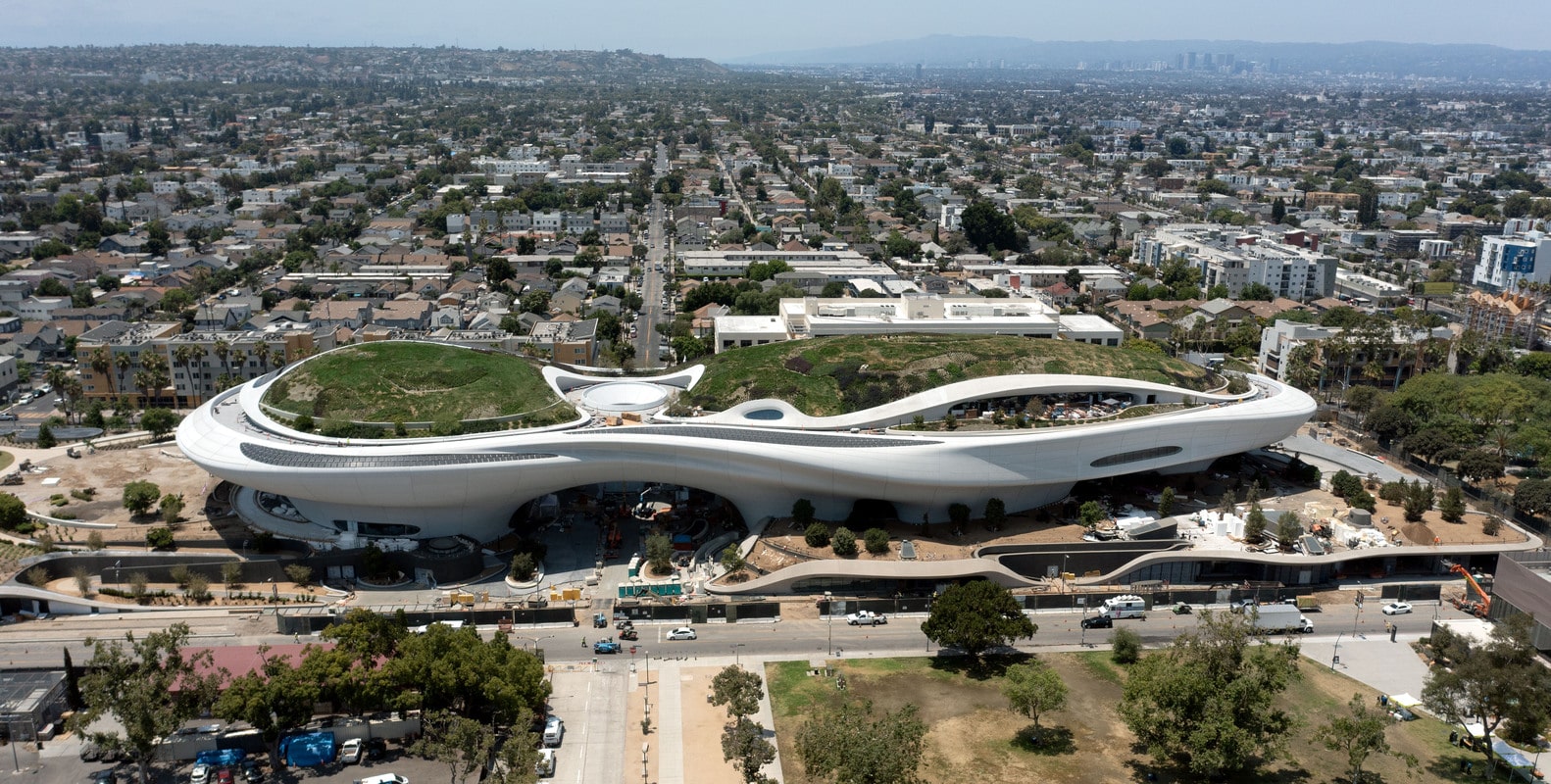- Home
- Articles
- Architectural Portfolio
- Architectral Presentation
- Inspirational Stories
- Architecture News
- Visualization
- BIM Industry
- Facade Design
- Parametric Design
- Career
- Landscape Architecture
- Construction
- Artificial Intelligence
- Sketching
- Design Softwares
- Diagrams
- Writing
- Architectural Tips
- Sustainability
- Courses
- Concept
- Technology
- History & Heritage
- Future of Architecture
- Guides & How-To
- Art & Culture
- Projects
- Interior Design
- Competitions
- Jobs
- Store
- Tools
- More
- Home
- Articles
- Architectural Portfolio
- Architectral Presentation
- Inspirational Stories
- Architecture News
- Visualization
- BIM Industry
- Facade Design
- Parametric Design
- Career
- Landscape Architecture
- Construction
- Artificial Intelligence
- Sketching
- Design Softwares
- Diagrams
- Writing
- Architectural Tips
- Sustainability
- Courses
- Concept
- Technology
- History & Heritage
- Future of Architecture
- Guides & How-To
- Art & Culture
- Projects
- Interior Design
- Competitions
- Jobs
- Store
- Tools
- More
MICAS: Bridging Malta’s Heritage with Contemporary Art and Architecture
The Malta International Contemporary Art Space (MICAS) by Ipostudio Architetti is a striking cultural project that bridges Malta’s fortified heritage with bold contemporary architecture. Designed as a flexible platform for creation and exhibition, MICAS layers history and modernity to form a dynamic cultural landmark. It reimagines the art center as a living laboratory where memory, invention, and international artistic dialogue converge.
The Malta International Contemporary Art Space (MICAS) stands as a powerful statement in the ongoing dialogue between history and modernity. Conceived by Ipostudio Architetti, the project emerges from a fundamental architectural challenge: how to honor the weight of history while creating a work that belongs unmistakably to the present. The design resists nostalgia yet refuses to erase the past, instead seeking a synthesis that respects Malta’s cultural legacy while asserting a bold contemporary identity.
Table of Contents
ToggleBalancing Continuity and Innovation
Malta’s fortified landscape, with its massive stone walls and defensive systems, provides the backdrop for this intervention. These structures, once vital for the island’s protection, have long since lost their military purpose. Rather than treating them as relics to be preserved in isolation, the MICAS project reinterprets them as part of a living architectural narrative. The new building enters into a direct dialogue with the fortifications, not by mimicking their form but by responding with equal strength and clarity. Its architectural presence is unapologetic, standing beside history as a confident contemporary partner rather than a submissive addition.
This approach reframes the relationship between old and new. Instead of competing with Malta’s monumental heritage, MICAS amplifies it—acknowledging the past as a foundation upon which fresh cultural expressions can emerge.

Rethinking the Contemporary Art Center
Before form could take shape, the project asked an essential question: what should a contemporary art center be in the 21st century? Unlike traditional museums, which serve as repositories of memory and preservation, MICAS was conceived as a space for both exhibition and creation.
The intention was not to build a static institution but a flexible, open platform where artists and audiences could interact with evolving forms of expression. Adaptability was crucial. The spaces had to accommodate diverse practices—from installations and performance art to digital works and experimental formats—without being constrained by rigid typologies. MICAS therefore becomes a laboratory of culture, a site for constant reinvention rather than fixed memory.

A Process of Layering
Architecturally, MICAS can be read as both autonomous and layered. It is a self-standing contemporary building, yet it also superimposes itself upon an existing structure, continuing a story that began four centuries ago. The design strategy is rooted in the idea of layering—each phase of the site’s history adding depth, with MICAS as the latest chapter.
The architects approached the project as a process of transformation rather than replacement. By weaving together past and present, the structure embodies continuity through change. The new spaces do not erase what was there; instead, they highlight and reinterpret it, allowing history to remain visible while giving it new relevance.

Material and Spatial Strategies
The form and materiality of MICAS reinforce its dual identity. Bold geometric gestures assert its presence in the contemporary city, while carefully chosen materials ensure resonance with the surrounding context. Internally, open and fluid spaces encourage dynamic circulation and a variety of curatorial possibilities. The absence of rigid partitions supports the project’s ambition to act as a flexible cultural infrastructure.
Outdoor and indoor areas are interwoven, creating a gradient of experiences from enclosed galleries to semi-public courtyards. This reflects Malta’s Mediterranean identity, where social and cultural life often flows seamlessly between inside and outside spaces.

A New Cultural Landmark
Ultimately, MICAS is more than an architectural project; it is a cultural manifesto. It proposes a way of engaging with heritage that is neither passive preservation nor erasure but a constructive confrontation with history. By doing so, it anchors itself firmly in Malta’s urban and cultural landscape, ensuring that the past continues to inform the present without constraining it.
As an art center, it positions Malta on the international cultural stage, not as a guardian of relics but as an active participant in shaping contemporary artistic discourse. MICAS embodies the idea that architecture can act as both memory and invention—an instrument for continuity and change.
Photography: Pietro Savorelli, Julian Vassallo
Submit your architectural projects
Follow these steps for submission your project. Submission FormLatest Posts
Suzhou Museum of Contemporary Art by BIG
Suzhou Museum of Contemporary Art (Suzhou MoCA), designed by BIG, reinterprets Suzhou’s...
Lucas Museum of Narrative Art to Open in Los Angeles in September 2026
Opening in 2026, the Lucas Museum of Narrative Art brings a sculptural...
Xiao Feng Art Museum by ZAO/Zhang Ke Architecture Office
Xiao Feng Art Museum by ZAO/Zhang Ke Architecture Office merges contemporary design...
Museum Bezau by Innauer-Matt Architekten
Museum Bezau by Innauer-Matt Architekten fuses heritage and modernity through timber craftsmanship,...













































Leave a comment